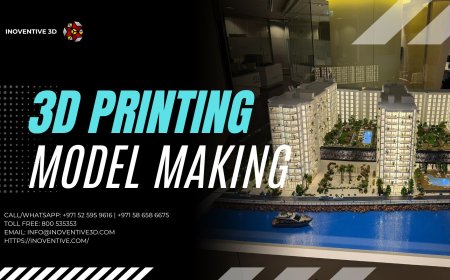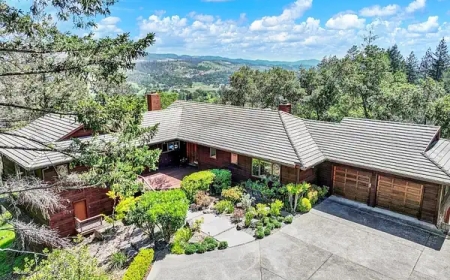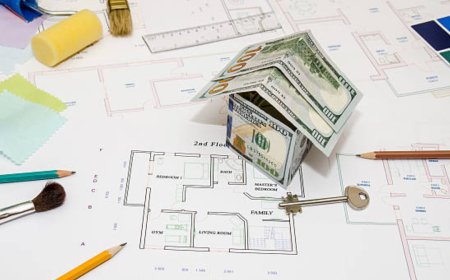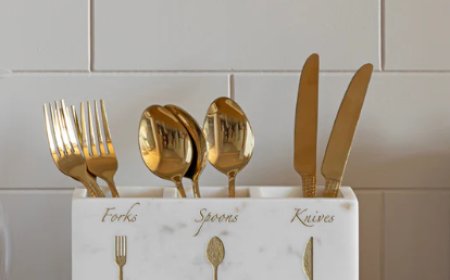Split System Installation for Apartments in Coburg: Key Considerations
Discover key considerations for split system installation in Coburg apartments, including sizing, placement, regulations, and maintenance tips for optimal comfort.

Living in an apartment in Coburg offers many advantagesconvenience, community, and urban living at its finest. But when it comes to climate control, especially during Melbournes unpredictable weather, a reliable air conditioning system is essential. One of the most practical solutions for apartment cooling and heating is a split system. If you're considering a Split System Installation Coburg, its important to understand the key factors specific to apartment living to ensure smooth installation and long-term performance.
1. Understand Apartment Building Regulations
Before installing a split system, check your apartments strata or building management regulations. Some buildings have specific rules about where external units can be placed, noise levels, or modifications to external walls.
-
Outdoor unit placement may be restricted to balconies or rooftops.
-
You might require formal approval from the building's owners corporation.
-
Consider units with low noise levels to avoid complaints from neighbours or violating noise regulations.
Understanding and complying with these requirements will help you avoid fines, delays, or the need to uninstall a non-compliant system.
2. Choose the Right Size System
In apartment living, space is often limited, so choosing the right-sized system is crucialnot just for fit but also for efficiency. A system thats too small wont cool or heat effectively, while one thats too large will waste energy and may result in uncomfortable temperature fluctuations.
-
For small one-bedroom apartments, a 2.5kW system may suffice.
-
For larger living areas or multi-room units, 3.5kW to 5.0kW systems might be more appropriate.
-
Ask your installer to perform a load calculation based on room size, insulation, window exposure, and ceiling height.
3. Plan for Smart Indoor Unit Placement
The indoor unit of a split system needs to be positioned for optimal airflow and efficiency. For apartments, this often means careful planning due to space constraints.
-
Avoid placing the unit directly above electrical appliances or where air will blow directly on people for extended periods.
-
Consider wall strength and wiring access for a seamless and clean installation.
-
In open-plan apartments, one indoor unit might be sufficient for the entire living space if placed strategically.
4. Evaluate Electrical Load Capacity
Apartments, especially older ones, may have limited electrical load capacity. Before installation:
-
Have an electrician check whether your switchboard can handle an additional appliance.
-
Ensure the air conditioner is on a dedicated circuit to avoid overload or tripped breakers.
In some cases, a minor electrical upgrade may be necessary before proceeding with installation.
5. Think About Condensate Drainage
Split systems produce condensation that needs to be drained away effectively. In a house, this might be directed into a garden or downpipes, but in an apartment, the drainage route must be carefully planned.
-
The ideal solution is to connect the drainage pipe to an existing wastewater outlet (like a laundry or bathroom drain).
-
If this isnt possible, a condensate pump may be needed to redirect water safely without causing leaks or damage.
Improper drainage can result in moisture buildup, mould, and damage to walls or flooring.
6. Noise Control and Neighbour Consideration
While modern split systems are quieter than ever, both indoor and outdoor units produce some level of noise. This is especially important in apartment settings where neighbours are nearby.
-
Choose systems rated for low decibel output, especially for the outdoor unit.
-
Install vibration pads or wall brackets to minimise noise transfer through walls.
-
Discuss the placement and potential noise impact with neighbours or strata where necessary.
7. Hire a Licensed and Experienced Installer
Due to the technical and regulatory complexity of apartment installations, its crucial to hire a licensed installer who has experience working in apartment buildings.
-
They should be familiar with local Coburg building codes and strata rules.
-
A qualified technician can also ensure the installation meets manufacturer warranty requirements.
-
Look for installers who offer free site inspections and can provide detailed quotes tailored to your apartments layout and electrical setup.
8. Get the Necessary Permissions and Certificates
For many apartment installations, you'll need to provide strata or landlords with:
-
A Certificate of Compliance (COC) from the installer.
-
Evidence of public liability insurance.
-
A clear scope of work and plan showing how the unit will be installed.
Start the approval process early to avoid project delays.
9. Think Long-Term: Energy Efficiency and Maintenance
Apartments often benefit from lower energy bills when using efficient split systems. Choose a unit with:
-
A high energy star rating
-
Inverter technology for variable-speed cooling
-
Wi-Fi or smart home compatibility for flexible control
After your Split System Air Conditioner Installation Northcote, plan for regular maintenance. Clean filters every 23 months, inspect the unit annually, and book professional servicing to keep the system performing well for years.
By carefully considering these key factors, you can ensure your apartment in Coburg is equipped with a split system that delivers year-round comfort, energy efficiency, and compliance with building rules. With the right planning and professional support, split system installation can be a seamless process that adds value to your living space.




































